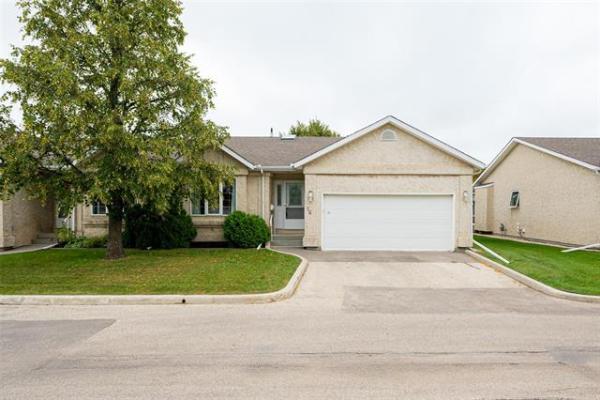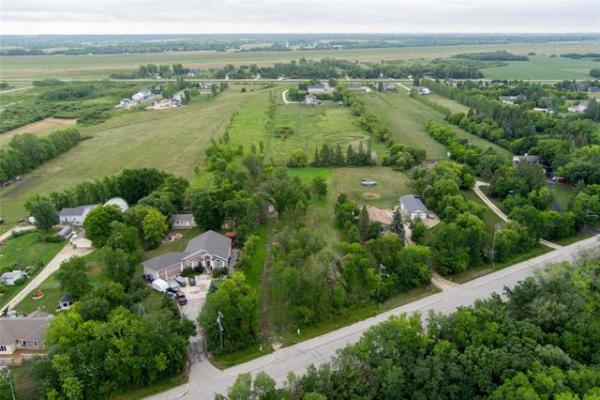
Postmedia Network Inc.
A home inspector inspects a crawlspace of a house with a digital inspection camera.
Question: I have a sunroom with a crawl space below, attached to our 15-year-old home.
The cement stub-walls of the crawl space have foam insulation above grade and the underside of the floor has also been sprayed.
During the winter, the sunroom is comfortable on nice days with a couple of baseboard heaters.
There is a two-foot square opening from the crawl space to the basement, which is left open in the winter in an attempt to keep the sunroom floor comfortable.
I close this opening in the summer because, so far, we haven’t wanted it air conditioned.
I now intend to put a bedroom in the basement where the opening is and want to close it off so the bedroom doesn’t get cold in the winter or hot in the summer.
It has been suggested that I run a heating duct and cold air return into the crawl space and close the opening.
Is this necessary, or the best approach?
Should I just close the opening? Does your answer vary for winter and summer?
Thanks for your help, Tricia Carver.
Answer: Properly insulating and conditioning a crawl space is one of the most common questions, and often misunderstood areas, that I regularly address while doing inspections and in my column.
Remembering that the crawl space should be heated and properly insulated will provide a more comfortable living space in the room above.
Insulating and conditioning the crawl space below your sunroom properly will create a dryer, less problematic area, while making the room above quite comfortable, year round.
The reason you want to heat this space is too prevent cold air intrusion from the exterior, while warming the underside of the floor sheathing.
A warmer floor will make the sunroom much more comfortable to walk on without having to wear shoes.
To accommodate this new heating, the insulation must be improved to prevent excessive heat loss and condensation.
The inside of the grade beam foundation must be insulated, ideally with sheets of rigid extruded polystyrene sheathing, or blown-in high density polyurethane foam.
To allow excess warm air to rise into the sunroom, the existing floor insulation should be removed.
While not critical, leaving this insulation in place could allow too much warm air to be trapped in the insulated crawl space, wasting energy.
While it is not normally necessary to run the air conditioned air into this area, that will help keep it from becoming too humid in the summer.
A better alternative would be to install several summer vents with screens on the exterior of the grade beam, but that may require costly and difficult concrete cutting.
The benefits of the summer vent method is that passive airflow from the exterior will help maintain dry, odour-free conditions without the expense of the electricity costs of air conditioning. If that method is possible, shutting a damper on the heat duct entering the crawl space for the summer will complete the process.
Installing covers, insulated with rigid foam sheathing, for the vents will be necessary for the heating season.
It may seem that you are currently providing adequate heat for the crawl space through the foundation opening connected to the basement, but that is not often the case.
While some heat will passively enter, if there is no duct with the aid of the furnace fan for circulation, it will not effectively heat the space.
I would recommend installation of a heat duct, whether you build the basement room and close the opening or not.
Ensuring that any cover for the crawl space access is removable will be important for any future work or inspections of the crawl space.
The final item to include in the revamped crawl space is a proper air/vapour barrier over the dirt floor.
While this may not have been critical in a cool, unconditioned space, it will be needed as soon as you add heat.
The reason for this is to prevent drawing excess moisture from the often damp soil into this area with the winter heating.
That common problem can actually raise the relative humidity in the enclosed crawl space, increasing the possibility of condensation, mould, and rot.
This component can be easily added by laying down standard six-mil polyethylene sheathing over the dirt floor, and sealing it to the wall insulation at the perimeter.
If alternative insulation is used on the inside of the grade beam, the poly may have to be extended upwards and sealed to the underside of the floor sheathing, as well.
So the simple answer to your questions is yes — adding heating and cooling to your sunroom crawl space before you close the basement opening is the right course of action.
In fact, it is something I recommend regardless of whether you close the opening or not.
Including this area to the conditioned space in your home will require modifications or improvements to the insulation and air/vapour barriers, but it will provide a more comfortable living space in the room above, while maintaining a nice, dry crawl space below.
Ari Marantz is the owner of Trained Eye Home Inspection Ltd. and the past president of the Canadian Association of Home & Property Inspectors — Manitoba (cahpi.mb.ca). Questions can be emailed to the address below. Ari can be reached at 204-291-5358 or check out his website at trainedeye.ca.
trainedeye@iname.com



